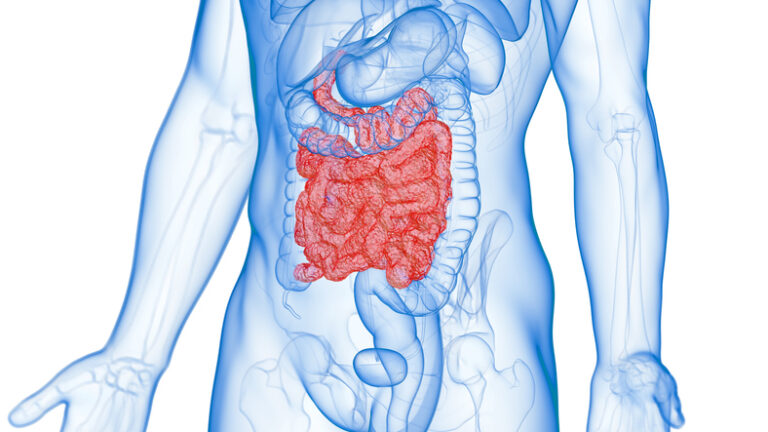
A wireless sensor developed at the Northwestern University could help Crohn’s disease patients get faster, more effective treatment when they have a flare up.
Inflammatory bowel diseases such as Crohn’s disease are predicted to affect more than seven million people around the world, with Crohn’s thought to affect at least 500,000 people in the U.S. People with Crohn’s commonly have periods of remission and then disease flare ups, often in response to environmental triggers.
If disease flare-ups are left untreated or treated too late then irreparable damage to the intestines can occur resulting in parts of the intestine being removed. Early intervention could help prevent this, but can be difficult using current screening methods, which can be slow, for example, endoscopy and biopsy evaluations, along with ultrasound and magnetic resonance imaging.
As reported in the journal Nature Biomedical Engineering, John Rogers, a professor at Northwestern, and colleagues have created an implantable, wireless temperature sensor to try and speed up the treatment of Crohn’s disease flareups.
“We developed an ultraminiaturized, precision temperature sensor with wireless communication capability,” said Rogers, in a press statement. “This tiny, soft device takes the form of a smooth, round capsule that rests within the GI system, without affecting natural physiological processes for long-term recordings. The data show some very unique signatures, in the form of perturbations to natural circadian cycles, known as ultradian rhythms, as early indications of inflammatory responses.”
The research team tested the prototype device in a mouse model of Crohn’s disease for four months. They detected changes in intestinal temperature rhythms around five weeks before intestinal lesions associated with a flare up appeared. Notably, the changes the researchers observed were linked to changes in stress hormone levels, as well as inflammatory cytokine levels.
“The magnitude of the flareup can be measured with regards to the heat signature,” said Arun Sharma, co-corresponding author on the paper and a research associate professor at Northwestern University. “Is it so extensive that it’s going to cause tissue damage over time?”
He added: “This could be potentially prevented if a clinician has this information readily at hand and can determine what type of therapy can be given to that person at that moment in time, rather than waiting weeks to get a blood analysis, tissue biopsy or fecal analysis.”
This technology is still at an early stage, but it could be very beneficial for patients with Crohn’s and other inflammatory bowel diseases if the team can successfully transfer and test the technology in humans.
“Application in humans requires engineering enhancements to allow data transmission from within the intraperitoneal cavity and to enable wireless recharging of the battery,” write the researchers.
“Endoscopic delivery and securing the device against the intestinal lumen of transmural lesions may present additional guidelines for device design in humans. Envisioned use in humans entails endoscopic insertion of the sensor in the intestines against the luminal wall, without the need for invasive surgical tissue dissection.”











